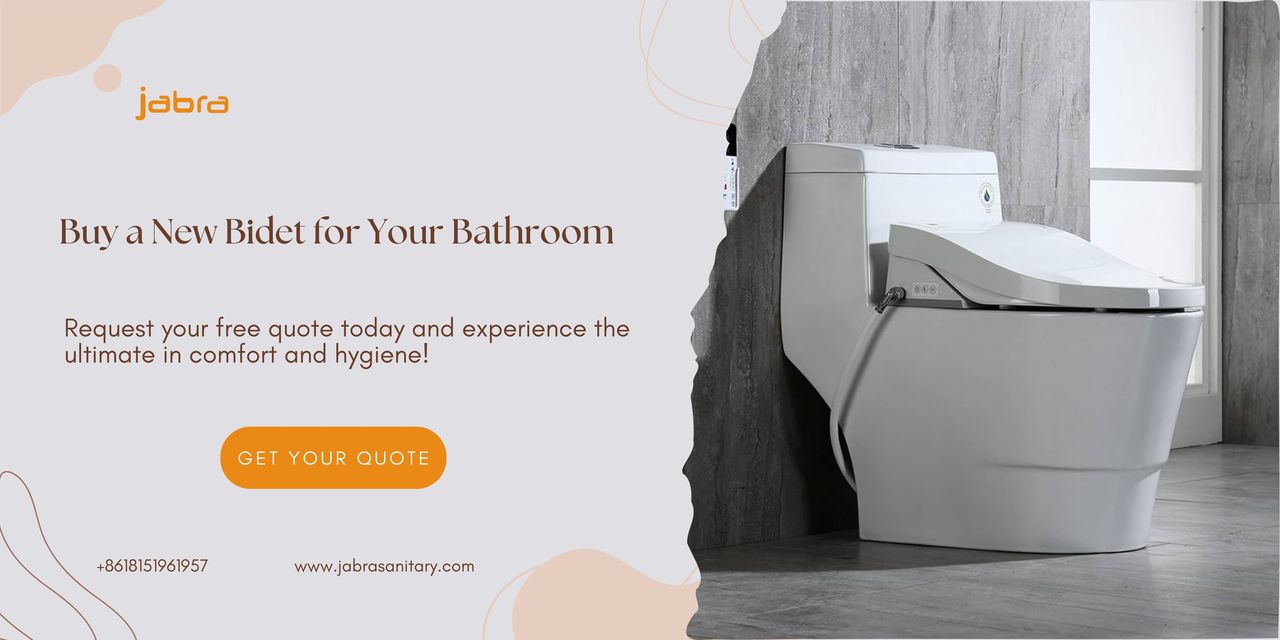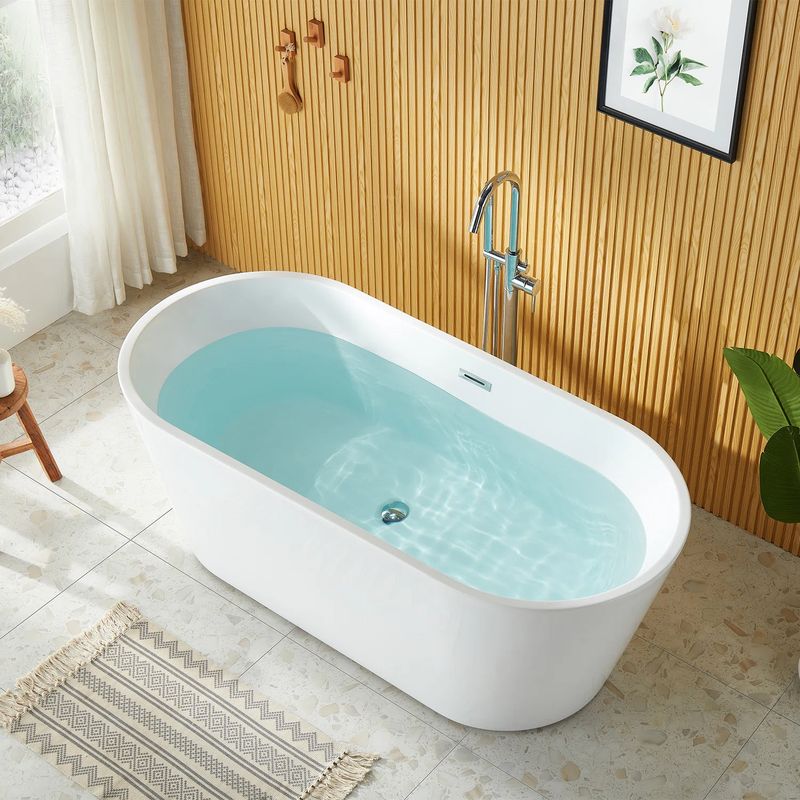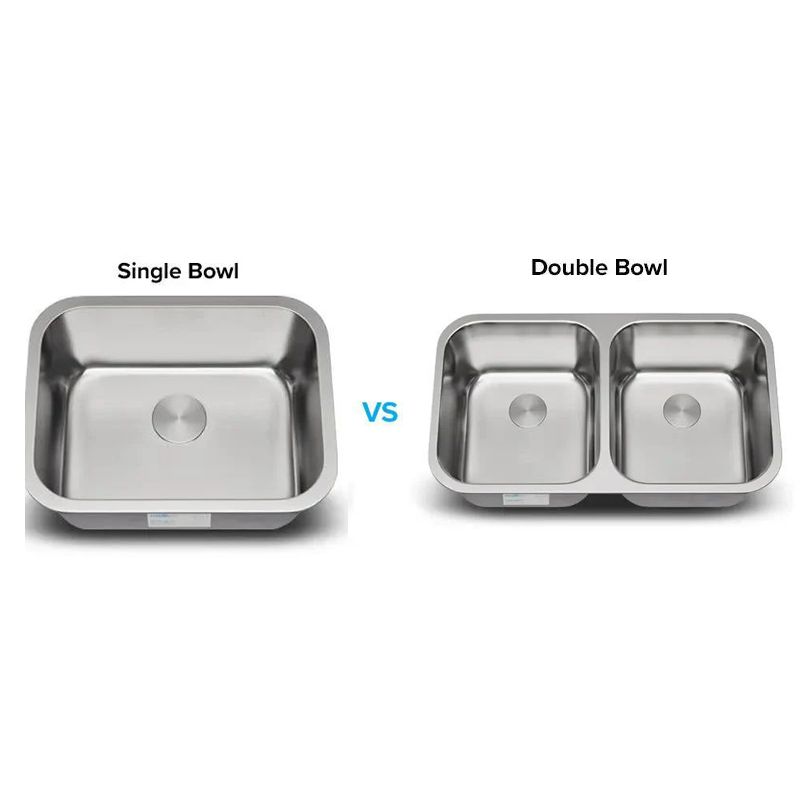 English
English
Jabra Sanitary is a sanitaryware supplier offering toilets, sinks, faucets, bathtubs, etc., at competitive prices. If you're a distributor, wholesaler, or project contractor, get a quote today!
 $23.9 Limited-time Offer
$23.9 Limited-time Offer Consignment Policy
Consignment Policy 20 Years of Experience
20 Years of Experience
Did you know that the average person spends about three years of their life sitting on the toilet? That's a significant portion of time—and if your toilet seat doesn't fit right, it can feel even longer!
A poorly fitting seat can lead to discomfort, instability, or even damage to your toilet. It's not just annoying—it can make your bathroom experience downright uncomfortable.
So, are toilet seats a standard size? This guide answers whether toilet seats are standard-sized and how to choose the right one.
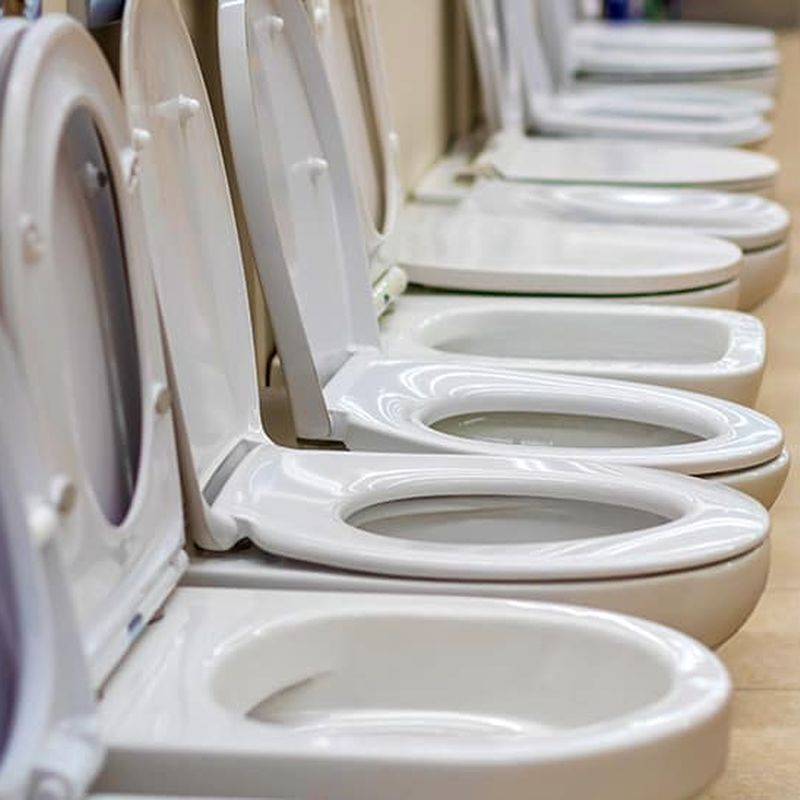
Table of Contents
Understanding Standard Toilet Seat Sizes
How to Measure Your Toilet Seat Correctly
Are Toilet Seats Universal or Brand-Specific?
Differences Between Round and Elongated Toilet Seats
What is the Standard Bolt Spread for Toilet Seats?
Can You Use a Different Shape or Size Toilet Seat?
How to Choose the Right Toilet Seat Shape, Material, and Features
Specialty Toilet Seats: What to Know
Signs It's Time to Replace Your Toilet Seat
FAQs
Final Thoughts
Understanding Standard Toilet Seat Sizes
Ever wondered if all toilet seats are the same size? Spoiler alert: they're not! While there isn't a single universal toilet seat size, most toilet seats fall into two common categories: round and elongated (resemble an oval shape).
Round seats are typically about 16.5 inches long, making them a great fit for smaller bathrooms. According to the National Kitchen & Bath Association, elongated seats, on the other hand, stretch to around 18.5 inches, offering extra comfort but needing a bit more space.
How to Measure Your Toilet Seat Correctly
Measuring your toilet seat correctly is crucial for ensuring a perfect fit. Here's a step-by-step guide to help you get it right:
Measure the Distance Between the Two Mounting Holes
Locate the two mounting holes at the back of your toilet bowl.
Use a tape measure to find the distance between the centers of these holes. This is known as the bolt spread.
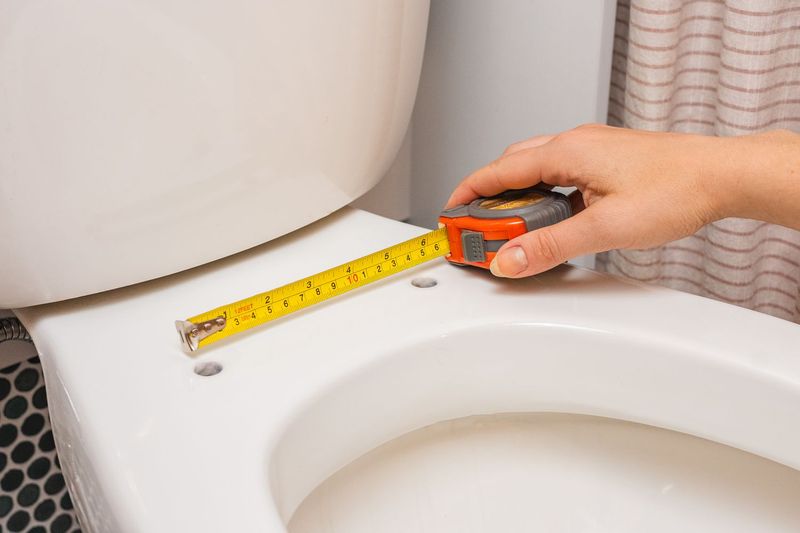
Measure from the Center of the Mounting Holes to the Front of the Bowl
Place your tape measure at the midpoint between the two mounting holes.
Extend it straight to the outer edge of the bowl's front rim.
Measure the Width at the Widest Point
Find the widest part of your toilet bowl, usually across the middle.
Measure from one side to the other to ensure the seat will cover the bowl properly.
Are Toilet Seats Universal or Brand-Specific?
While many toilet seats are designed to fit standard toilet bowls, there can be variations, especially with different brands. Most seats adhere to standard toilet seat dimensions, making them compatible with a wide range of toilets.
However, some brands, particularly those with unique or high-end designs, may require specific seats. For example, a luxury toilet with a custom bowl shape might not accommodate a standard seat, leading to a poor fit or even damage.
It's always a good idea to check the manufacturer's recommendations when purchasing a seat, especially for specialty toilets. A common mistake people make is assuming all seats are interchangeable. For example, TOTO's Washlet systems often require proprietary seats due to integrated bidet functions.
While many seats are indeed universal, brand-specific options exist for a reason. So, measure carefully and consult the manufacturer if in doubt. This ensures a secure, comfortable fit and spares you the hassle of returns or awkward bathroom mishaps.
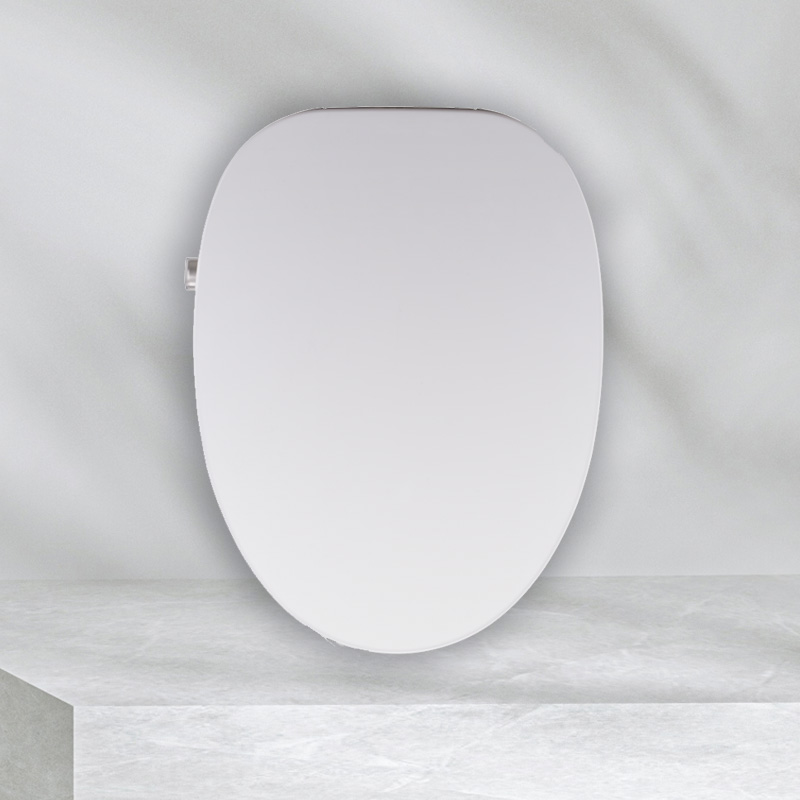 Ads
Ads
Best Budget Intelligent Bidet Seat
Introducing the best budget bidet J-1802, the perfect blend of affordability and advanced features. This bidet with dryer offers instant heating, providing warm water without the wait, and maintains a constant water temperature for a comfortable cleanse every time.
Differences Between Round and Elongated Toilet Seats
When it comes to toilet seats, the shape can make a big difference in both comfort and style. The two most common shapes are round and elongated, each with its own set of advantages.
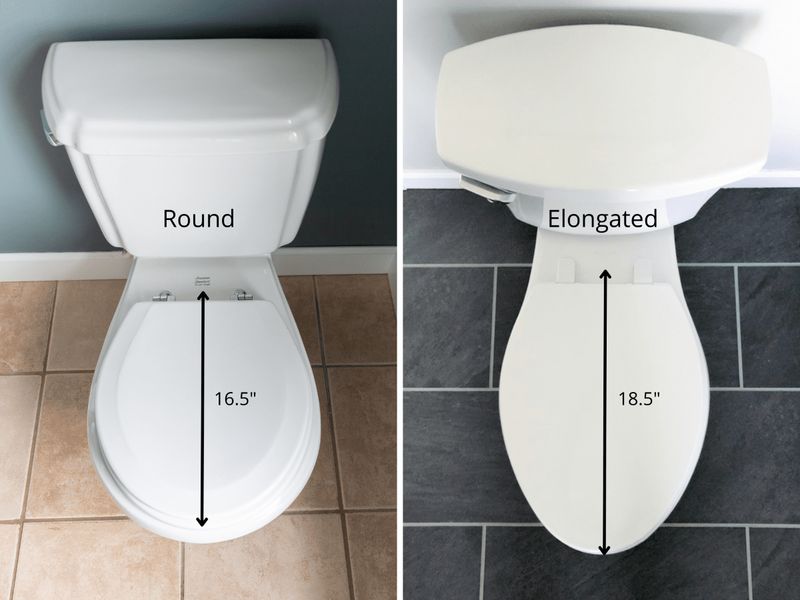
Round seats are shorter, typically measuring around 16.5 inches in length. They're perfect for smaller bathrooms where space is tight, as they take up less room.
Elongated seats, on the other hand, are longer, usually about 18.5 inches, and offer more comfort, especially for those who prefer a bit more surface area. However, they do require a bit more space, so they're better suited for larger bathrooms.
Aesthetically, elongated seats often give a modern, sleek look, while round seats can feel more traditional. But comfort is where the real difference lies.
Elongated seats provide more room to sit, which can be a game-changer for some users, particularly those with mobility issues or larger body types. If you've ever felt cramped on a round seat, an elongated one might be a welcome upgrade.
Installation Complexity is another factor worth considering. Round toilet seats tend to be slightly easier to install because of their more compact design and compatibility with standard toilet bowls. Elongated seats may require more precise alignment and can be trickier to fit in tight spaces, especially if the toilet is near a wall or fixture.
Here's a quick comparison to help you decide:
Shape |
Length |
Space Requirements |
Comfort Level |
Installation Complexity |
|---|---|---|---|---|
Round |
16.5" |
Compact |
Standard |
Easy |
Elongated |
18.5" |
More space needed |
Enhanced |
Tricky |
Pro Tip: 60% of users report preferring elongated seats for comfort.
What is the Standard Bolt Spread for Toilet Seats?
Ever tried to install a toilet seat only to find the bolts don't line up? It's frustrating, right? That's because not all toilets have the same bolt spread—the distance between the centers of the two mounting holes where the seat attaches.
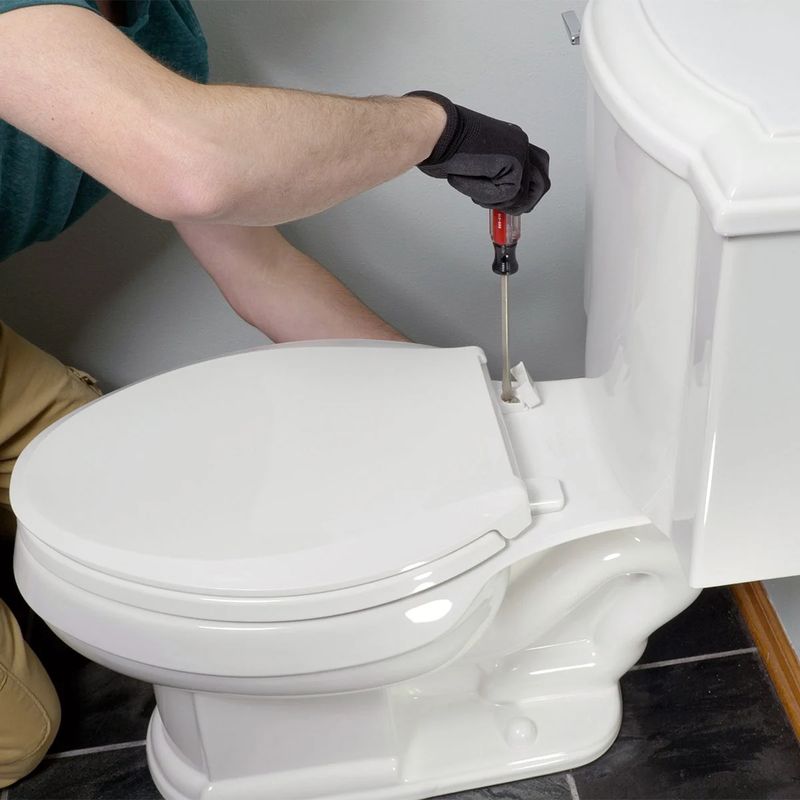
In the US, the standard bolt spread is 5.5 inches(ANSI A112.19.2), a toilet seat measurement that's pretty common across modern American toilets. However, older models or toilets from Europe might deviate, often clocking in at 6 to 6.5 inches.
Why does this matter? A mismatched bolt spread can leave you with a wobbly seat that shifts every time you sit down—or worse, it could damage your toilet over time. To avoid this headache, measure before you buy.
Here's a handy tip: Some toilet seats come with adjustable hinges, which can flex to fit slight variations in bolt spread. If your toilet's a bit quirky, this could be your golden ticket—just double-check the product specs before you commit.
Can You Use a Different Shape or Size Toilet Seat?
The short answer is yes, but it's not always that straightforward. While you might be tempted to switch things up—maybe you found a fancy elongated seat on sale for your round toilet—there are a few things you should know before making the swap.
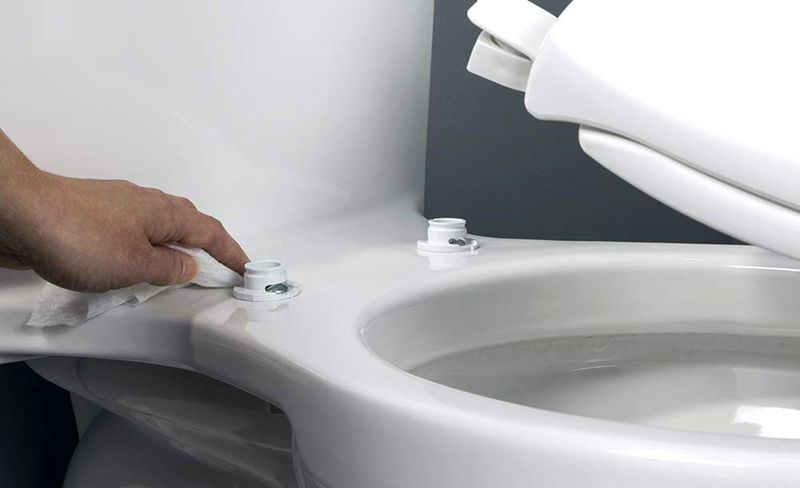
Toilet seats are designed to match specific bowl shapes. Round seats fit round bowls and elongated seats fit elongated bowls. If you try to use an elongated seat on a round bowl, you'll end up with a gap at the front, which can look strange and feel uncomfortable.
Conversely, mismatched seats may compromise hygiene by exposing porcelain edges, increasing bacterial buildup.
Some toilets take this a step further with unique shapes or toilet seat sizes, especially older models or high-end designer ones. These might require specific seats, and using a standard off-the-shelf option could lead to a wobbly fit or even damage to the bowl over time.
So, how do you avoid this? Measure your toilet bowl first—check the length, width, and bolt spread to ensure a match. If you're unsure about compatibility, consult a professional or the seat's manufacturer.
The bottom line? Yes, you can use a different shape or size of toilet seats, but it's a gamble unless you know it'll fit. Stick with what's designed for your toilet, and you'll save yourself a headache (and maybe your backside too)!
How to Choose the Right Toilet Seat Shape, Material, and Features
Choosing the right toilet seat isn't just about getting the toilet seat size right—it's also about finding the perfect combination of shape, material, and features to match your needs and bathroom style.
Shape: Round or Elongated?
Toilet seats typically come in two main shapes: round and elongated. Some toilets, especially older or specialty models, might have unique shapes, so measuring your bowl is essential to avoid a poor fit. A mismatched shape can make the seat wobbly or even damage your toilet over time.
Material: What's It Made Of?
The material of your toilet seat affects both its look and durability. Here are the most common options:
Plastic: Lightweight, affordable, and easy to clean, plastic seats are a go-to for many. They're durable and resist moisture well.
Wood: These bring a classic, warm vibe to your bathroom but can crack or warp in humid conditions. They often need more care.
Cushioned: Soft and comfy, cushioned seats are great for extra coziness, but they may wear out faster and can be trickier to keep spotless.
Features: Extra Perks to Love
Modern toilet seats come with handy features to boost comfort and convenience:
- Soft-Close Hinges: No more loud slams—these hinges lower the seat gently, perfect for quiet homes or kids.
- Quick-Release Buttons: Pop the seat off in seconds for easy cleaning, tackling those hard-to-reach spots.
- Built-In Extras: Some seats offer bidets, nightlights, or even heated surfaces. These can elevate your experience, but check if your toilet supports them—some require specific installation.
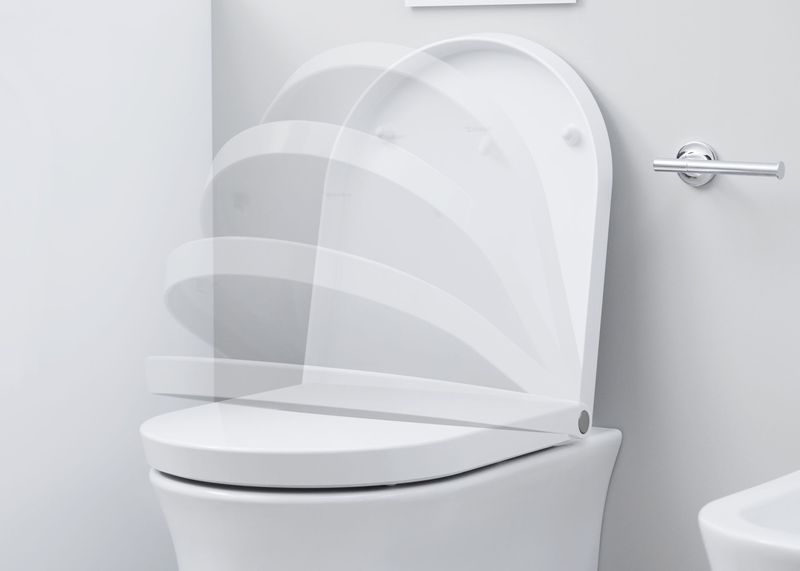
Specialty Toilet Seats: What to Know
When we think about toilet seats, we often picture the standard round or elongated ones that come with most toilets. But sometimes, we need something more tailored to specific needs or tastes. That's where specialty toilet seats for the elderly come in. And remember to look for seats certified by the Arthritis Foundation.
Seats for the Elderly and Disabled: Comfort Meets Convenience
For the elderly or anyone with mobility challenges, getting on and off the toilet can be tough. Specialty seats for the elderly focus on comfort and accessibility. Here's what we recommend looking for:
- Raised heights: These seats sit higher than standard ones, so sitting down and standing up is less of a strain.
- Armrests: Some come with built-in handles for extra support, making it easier to feel steady.
- Padding: Soft, cushioned seats add comfort, especially if sitting for a while is necessary.
- Wider designs: A broader seat gives more stability, which is great for balance.
For disabled individuals, there are additional toilet seats for disabled toilets like removable seats for easy cleaning or adjustable heights to match specific needs, such as wheelchair access. These features help make the bathroom safer and more independent for users.
Designer Toilet Seats: A Touch of Luxury
Now, if we're talking about adding some style to your bathroom, designer toilet seats are the way to go. These seats aren't just about function—they're about luxury and looks.
Here's what you might find:
Fancy materials: Think wood, bamboo, or high-quality plastic for a sleek finish.
Cool shapes: Beyond round or elongated, you might see square or D-shaped seats for a modern vibe.
High-tech features:
Some come with:
- Heated seats for cozy comfort.
- Bidet functions with water sprays for a fresh feel.
- Automatic lids that lift and lower on their own.
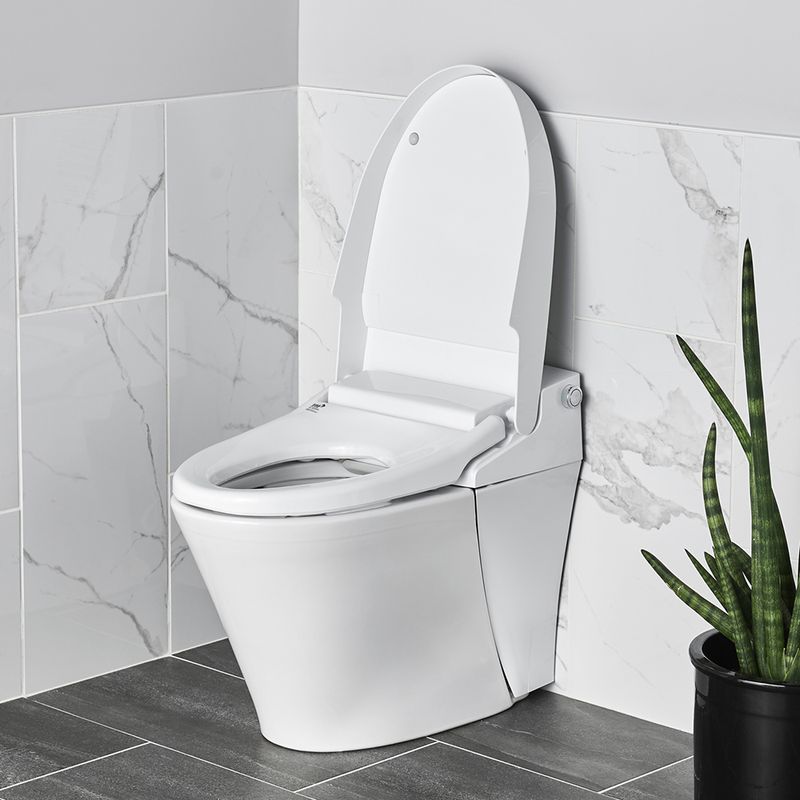
Signs It's Time to Replace Your Toilet Seat
We all know that toilet seats are a big part of our daily lives, but how do we know when it's time for toilet seat replacement? It's not always obvious. Spotting these clues early can save us from discomfort, hygiene headaches, or even a broken seat at the worst possible moment.
First up, visible wear and tear is a dead giveaway. If your toilet seat has cracks, chips, or stains that just won't come out no matter how much we scrub, it's probably time to say goodbye.
Those cracks don't just look bad—they can pinch us when we sit down, and they're tough to keep clean. A worn-out seat can also harbor bacteria, which isn't great for our bathroom's hygiene.
Next, let's talk about wobbling or loose fittings. If the seat shifts around when we sit, or if the bolts keep coming loose even after tightening them, that's a sign the hardware or the seat itself is giving up.
A shaky seat isn't just annoying—it can be unsafe, especially for kids or anyone who needs extra stability.
Another big one is discoloration. Over time, sunlight or cleaning products can fade or yellow our toilet seat, making it look old and dingy. While it might still work fine, a faded seat can drag down the whole look of our bathroom.
Then there's comfort. If the seat feels less cushy than it used to or doesn't fit quite right anymore, it might be time for an upgrade.
Maybe the hinges are creaky, or the shape doesn't suit us as well as it once did. Our comfort matters and a new seat can make a surprising difference.
Finally, keep an eye out for odors or hygiene issues. If the seat starts to smell funky even after cleaning, or if the material has worn down and traps grime, that's a signal for toilet seat replacement. A fresh seat keeps our bathroom smelling nice and feeling sanitary.
FAQs
When it comes to toilet seats, we get a lot of questions—and for good reason! They're an essential part of our bathrooms, but they can be tricky to figure out. In this section, we've gathered the most common questions people ask about toilet seats.
Can I replace just my toilet seat?
Yes, replace if cracked or unstable.
Can I use a different brand of toilet seat?
In most cases, yes! As long as the size and shape of the seat match your toilet bowl, a different brand should work just fine. Toilet seats are generally designed to fit standard round or elongated bowls, so you're not locked into the same brand as your toilet. However, we always recommend measuring your toilet first to make sure the new seat will fit perfectly.
How often should I replace toilet seats?
There's no hard-and-fast rule, but we suggest keeping an eye out for signs that it's time for a change. If your seat has cracks, chips, or stains that won't come out, or if it's wobbling or feels loose, it's probably time for toilet seat replacement.
Other clues include discoloration, persistent odors, or if the seat just doesn't feel as comfortable as it used to. Most seats last 3-7 years, but if you spot any of these issues, don't wait—swap it out for a fresh one.
Do all toilet seats have the same bolt pattern?
Nope, not all toilet seats have the same bolt pattern. In the US, the standard distance between the two mounting holes (called the bolt spread) is usually 5.5 inches.
But in other regions, like Europe, it can be different—often between 6 and 6.5 inches. Plus, some specialty or older toilets might have unique measurements.
How do I know if my toilet seat is top or bottom fixing?
Just take a look at the hinges on your toilet seat. If you can see the bolts on top of the seat, it's a top-fixing seat, which means you'll tighten or loosen the bolts from above.
If the bolts are hidden and you have to access them from underneath the toilet, it's a bottom-fixing seat.
Final Thoughts
From standard toilet seat sizes and how to measure your toilet to picking between round or elongated seats, we've walked through it all. We even touched on bolt spreads, materials, and how to know when it's time for a new seat. Now, let's bring it all together.
Here's the big takeaway: finding the right toilet seat matters. It's not just about making sure it fits—it's about comfort, style, and making your bathroom work for you. A great seat can turn an ordinary bathroom into a cozy, functional space.
For durable options, consider brands like Jabra Sanitary. Our toilet seats are made with top-notch materials, so they last and look great. Plus, our customer service is there whenever you need a hand.







